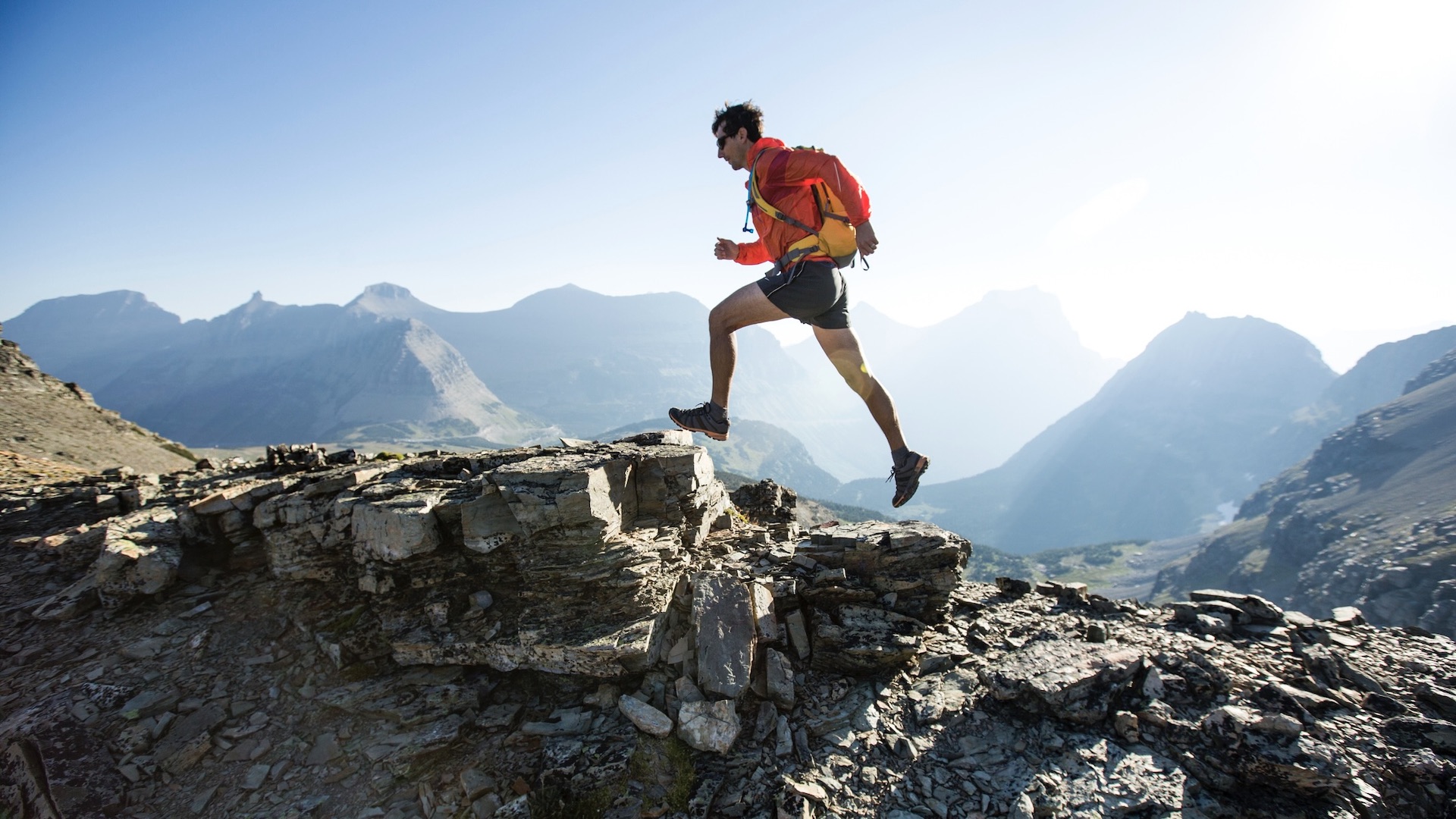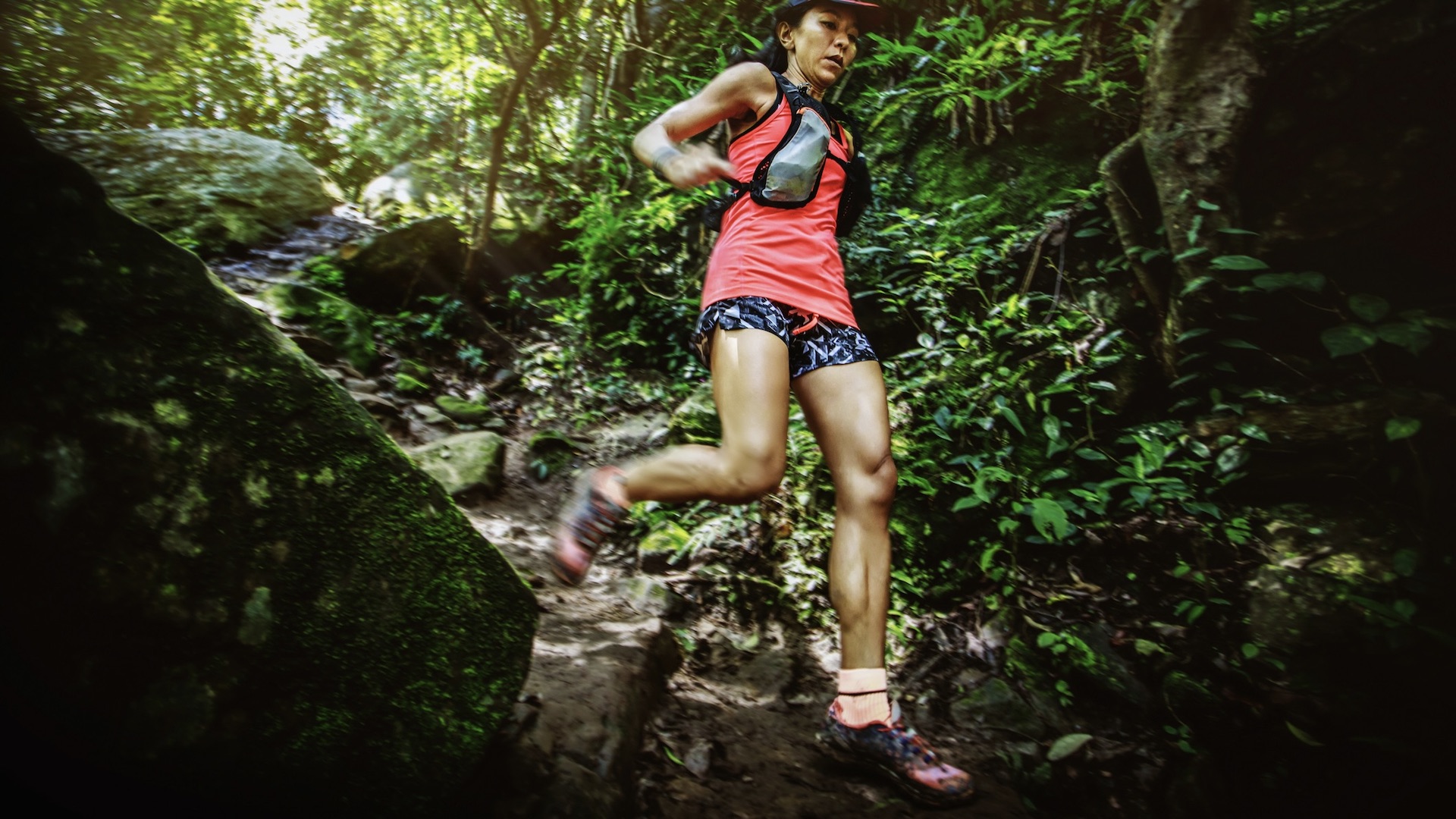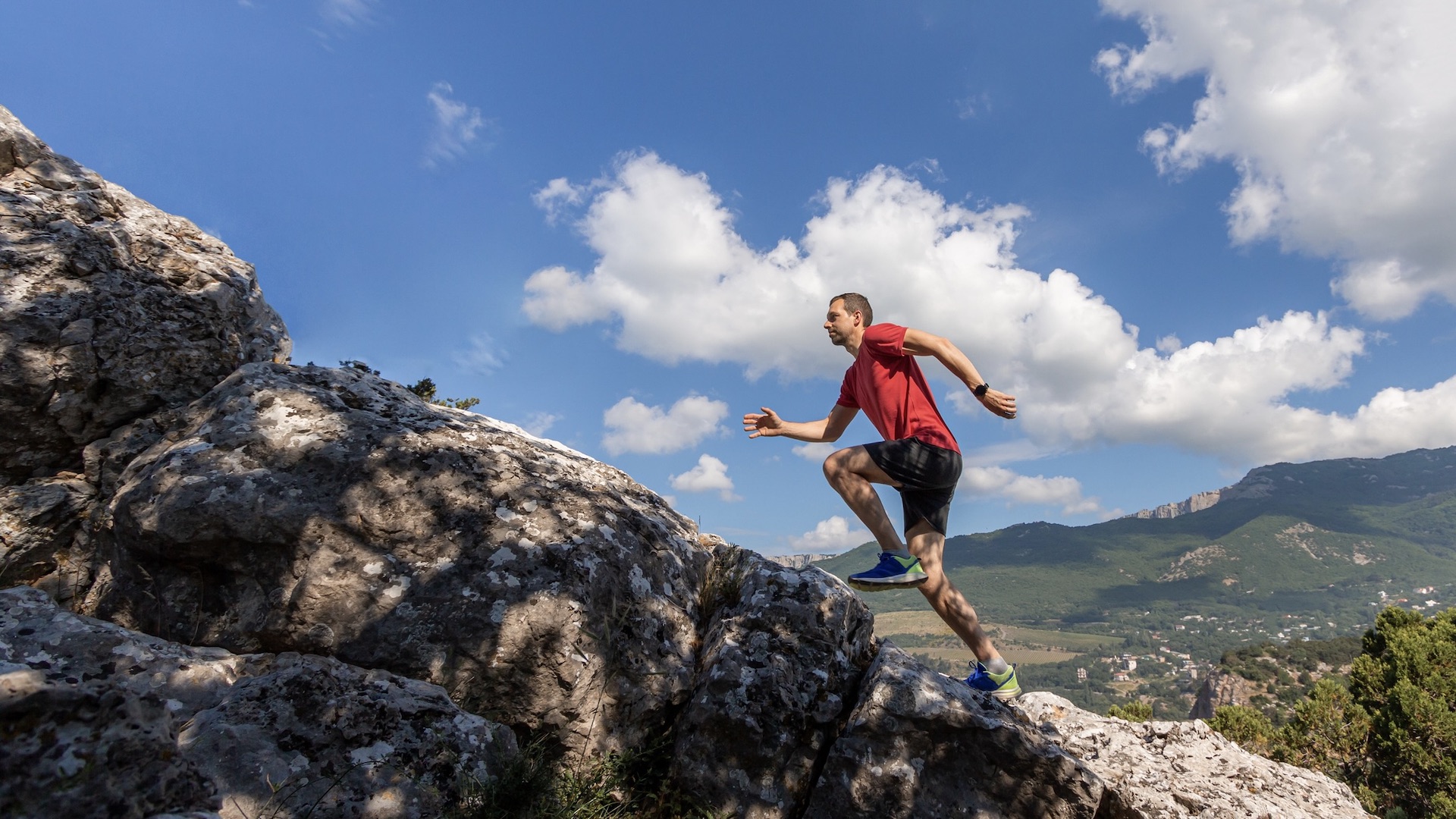What are the essentials for solo trail running?
A guide to more enjoyable trail running adventures if you plan to head out on your own

Solo running, especially on trails, has many rewards. While running with friends can be an uplifting experience, especially the sociable side of the activity, when you run on your own you will feel more aware of your surroundings. It’s easier to immerse yourself in nature, including the views and wildlife, when you run solo and you are not surrounded by other people.
Solo running also requires skills, such as navigation, and this can bring the rewards of improved self-confidence and self-reliance. There is a huge satisfaction that comes from successfully navigating your way on a new-to-you trail or route.
Another advantage in solo running is the calm and focus that many people experience. It’s is often described as being a form of mindfulness. When you run solo in beautiful landscapes, the brain is focused on what you are doing and where you are, rather than worrying about day-to-day life and issues.
But solo running also requires a list of essentials, both kit and tips, to ensure you stay safe.

Essential kit for solo trail running
The right footwear
There are different types of trail running shoes to suit different terrain. Choosing the right footwear will ensure you have the best chance of avoiding an injury and staying safe while you out on the trails.
It’s important to consider the soles of the trail shoes for grip and cushioning and also think about whether you will be better with a Gore-Tex upper if the weather or ground conditions will be wet or muddy.
Adequate clothing
It is vital that you check the weather forecast and you also think about the location of your solo trail run. Is there a chance of rain or strong winds? Will it be colder at higher altitude, or perhaps you will be in a place with high UV risk.
Advnture Newsletter
All the latest inspiration, tips and guides to help you plan your next Advnture!
Once you have assessed the conditions, you will be able to chose what to wear and also pack your running rucksack accordingly. Some of the kit to consider includes a waterproof running jacket and waterproof over trousers, gloves, headwear, sunglasses, sunhat, a spare baselayer and waterproof socks.
Even if you are planning a short solo trail run, you should still have all the essential kit with you.

Comfortable running pack
If you plan to spend many hours solo trail running it’s worth investing in a suitable running pack or vest pack. Many runners find the most comfortable option is a vest pack because it keeps all your kit close to your back and in the right position to prevent unwelcome rubs because of the pack moving about.
Running vest packs also have places for carrying water food and kit.
All the gadgets
There are some gadgets that are vital for safety on a solo trail running outing. You need to be able to navigate, even if you plan to follow waymarked trails. If you are caught out in poor weather or a signpost is missing on a trail it’s vital you have a map and compass or, at the very minimum, a map app on your mobile phone.
A phone is also another essential kit item and it’s a good idea to carry a Personal Locator Beacon (PLB), or similar, if you will be running in areas where there is no mobile phone signal.
Food and water
It goes without saying you will need adequate running food and hydration for a solo trail run. Carry water in a water bottle or a bladder in your vest pack. You need to assess whether there will be fresh water where you will be running and, if not, you’ll need to carry sufficient hydration and/or a small water purifier or filter.
Food will be dictated by how far you will be running and personal requirements but it’s always important to have more rather than less food and water with you on a solo trail run.
Emergency shelter
Another vital ingredient on the list of essentials for solo trail running if some kind of emergency shelter, blanket or bag in case you need to stay warm due to a fall, accident or in suddenly bad weather.

More essential tips for solo trail running
Tell someone else
Make sure someone else knows where you are going and how long you plan to be away on a solo running adventure. If the worst happens and you have an accident, then, someone else will be able to raise the alarm.
Learn the right skills
As well as navigation skills, it is essential you have the right experience to enjoy a solo running outing. It might be that you join a course to teach you how to improve your hill or mountain running, running uphill, running downhill and learn the most effective way to run further and longer.
Get inspiration
One final thought on the essentials for solo trail running is to find the right trails and routes for the most enjoyable adventure. There are plenty of place for seeking inspiration including trail running books and websites, trail running apps, including Komoot and Strava and asking your solo trail running friends.

Fiona Russell is a widely published adventure journalist and blogger, better known as Fiona Outdoors. She is based in Scotland and is an all-round outdoors enthusiast with favorite activities including trail running, mountain walking, mountain biking, road cycling, triathlon and skiing (both downhill and backcountry). Aside from her own adventures, Fiona's biggest aim is to inspire others to enjoy getting outside and exploring, especially through her writing. She is also rarely seen without a running skort! Find out more at Fiona Outdoors.
